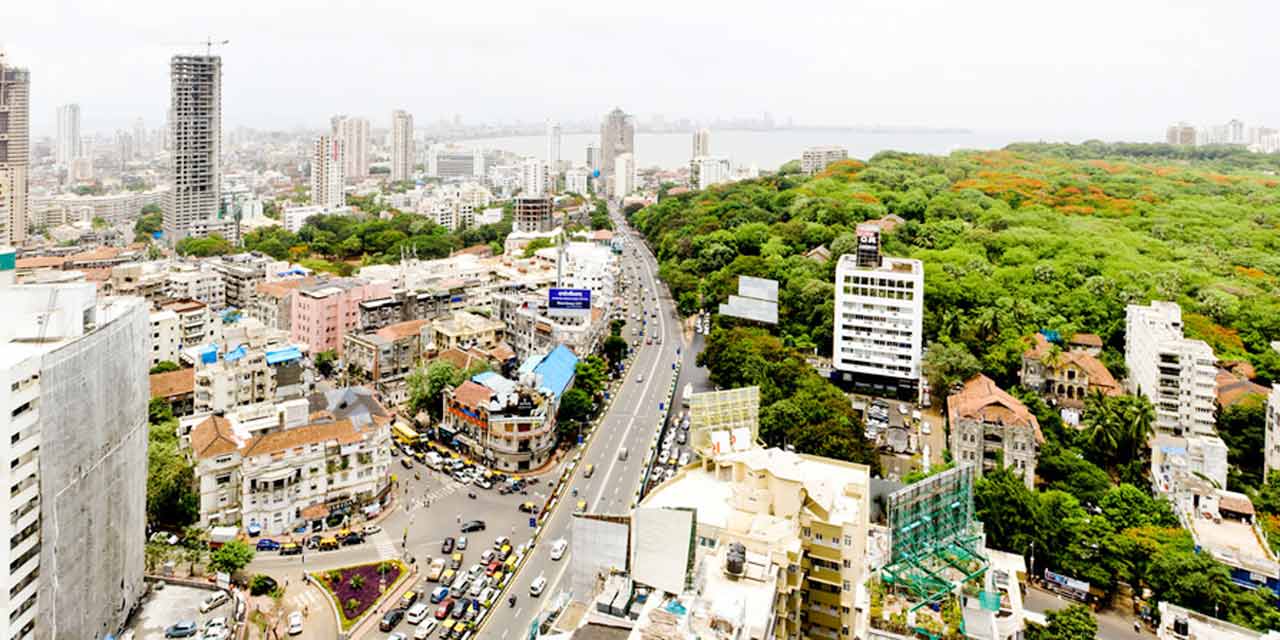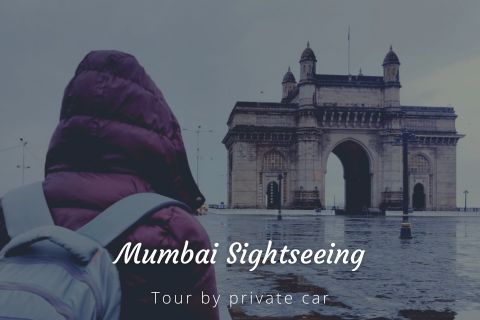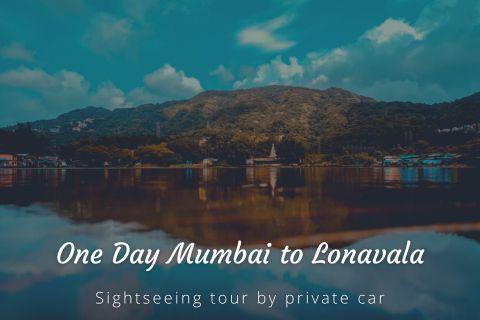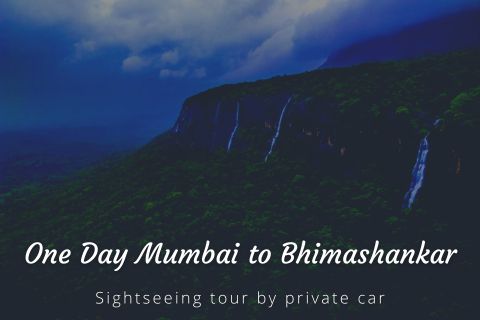
Malabar Hill Mumbai Entry Fee
- N/A
Malabar Hill Mumbai Phone
N/A
Rating:  | 4/5 stars
| 4/5 stars
Based on total 51 reviews
Malabar Hill Mumbai Address: Malabar Hill, Mumbai, Maharashtra, 400006, India
Mumbai City Tour Packages
Malabar Hill Mumbai Timings
| Day | Timing |
|---|---|
| Monday | 12:00 am – 12:00 am |
| Tuesday | 12:00 am – 12:00 am |
| Wednesday | 12:00 am – 12:00 am |
| Thursday | 12:00 am – 12:00 am |
| Friday | 12:00 am – 12:00 am |
| Saturday | 12:00 am – 12:00 am |
| Sunday | 12:00 am – 12:00 am |
Malabar hill, as the name suggests is a small hillock, situated at a height of 50 metres ASL, which also happens to be the highest point in Southern Mumbai, Mumbai’s most prominent and upmarket area. The entire area is known as one of the most expensive residential areas in the entire world.
Apart from being home of houses of prominent politicians and businessmen, Malabar hill also is home to quite a few Bollywood’s who’s who. Every visitor who comes to Mumbai should visit Malabar hill to witness the richness of the history of this place.
Apart from being home to the rich and famous, Malabar hill is also where one can find old temples that have origin even before the British came in to rule India.
History of Malabar Hill Mumbai
What used to be largely a forest filled with jackals and hyenas before the advent of the 19th Century, and known as the Malabar point, now occupies some of the most expensive homes in the world.
The history of how Malabar hill turned out to become a residential area for the elitist, of Mumbai, dates back to the 1800s when the then Governor of Bombay, Mountstuart Elphinstone built his bungalow in the area. This made the rest of the affluent and elites from the society follow suit and shift to this part of the city.
However, Malabar hill finds mention in the recorded history in two books namely, Walkeshwar Mahatmya and Sahyadri Khanda in which the hill’s original name appears to be Walkeshwar with a mention of four Shiva temples built by the Silhara Kings between the 9th and 12th Century, the main and largest one being called Walkeshwar Temple.
Legend has it that at the time of invasion, the Portuguese had destroyed the temple however, in 1715, Rama Kamath, a well- known business and philanthropist of Bombay rebuilt it. The area was famous for its numerous temples back then.
Another story that goes as the history of Malabar hill is that the area was initially owned by the Keyi family who hailed from Kerala’s Northern Malabar region and shared mutually convenient trade relations with the French, Portuguese and the British.
However, as time passed by, it was the British that started making things difficult for the family in order to gain larger benefits out of the business. Since they did not wish to get into trouble, the Keyi family donated the Malabar hill area to the East India Company as their resort to end any kind of rivalry.
Image Gallery of Malabar Hill Mumbai
Things to do at Malabar Hill Mumbai
1. Banganga Tank
Located at the centre of Walkeshwar Temple complex, the ancient Banganga Tank was built in 1127 AD, by one of the ministers at the court of Silhara kings named Laksman Prabhu, who belonged to the Gaud Saraswat Brahmin community.
The freshwater tank is a rectangular pond and is surrounded by concrete steps that lead to the water body. Being spring fed, the water of the pool is said to be sweet, although located a couple of hundred metres away from the sea.
As per ancient mythology, when Lord Rama and his brother Lakshman were on their way to Lanka in search of Sita, who was abducted by the demon king Ravana, Lord Rama requested to fetch drinking water as he felt terribly thirsty. Lakshman shot an arrow in the ground and a fountain of freshwater sprang up. It was believed to have come from Ganga and hence the name Banganga, meaning ganga from the arrow (Baan means arrow in Hindi).
The Banganga Tank has also been location for shooting quite a few Bollywood movies.
2. Walkeshwar Temple
The Walkeshwar temple is located very close to the Banganga Tank and frequented by the locals quite often. The temple complex is occupied by Gaud Saraswat Brahmin families that belong to the members of the trust that runs the temples within Walkeshwar complex. The complex also houses 50 dharamshalas. The entire temple complex properties belong to the Gaud Saraswat Brahmin Temple Trust.
Legend has it that Lord Rama, along with brother Lakshman had stopped at this place while on their way to Lanka. He wanted to offer his prayers to Lord Shiva and hence created a shiva linga out of sand. The shiva linga was named Valuka Ishwar, meaning God made of sand in Sanskrit and hence, the name of the temple, Walkeshwar.
3. Babulnath Temple
It is an ancient 12th Century Shiva Temple whose idols and shiva linga were consecrated by the then king Bhimdev. As time passed by, the old temple was buried however, during an excavation between the years 1700 to 178. The original idols of Ganesha, Hanuman and Parvati along with the main Shiva linga were dug out. The temple that stands now, was built during the year 1780.
The temple is dedicated to Lord Shiva.
4. All Saints Church Malabar Hill
This is a rather unknown place and not many people know about this 135-year-old church. Tucked between Gibbs road and Hanging Gardens, and located next to Malabar hill post office, the All Saints Church is a small church surrounded by trees.
Built to serve as a chapel, the foundation stone of the church was laid by Lady Fergusson, the wife of the then Governor of Bombay, Sir James Fergusson. The intention behind building a chapel at Malabar hill was to have a place of worship nearer to their place of stay as the then residents of Malabar hill had to travel 8 miles to offer their prayers at the cathedral.
It is recorded that the state had only offered a total sum of INR 5000/- for construction of the proposed chapel which fell short. The construction was later completed raising private funds by rich donors. The church was only created as a separate parish in 1957. Until then, it continued being attached to the cathedral.
The church is built in semi- gothic architectural style with a mix of Porbandar stone and irregular stones having high ceiling, and the roofs are made out of Mangalore tiles. The church was designed by a major associated with the Royal Engineers and has been awarded the Urban Heritage Award in 2001.
The best time to visit the church will be on a Sunday during the Sunday mass.
5. Hanging Garden
The only terraced gardens on top of Malabar hill in Mumbai is also famous for its variety of flora and exotic flowers. The hanging garden was designed by Ulhas Ghapokar and built in 1880 in the memory of Pherozeshah Mehta, who was a well- known barrister of his time.
The view of the Chowpatty beach from here is a sight to behold. Right opposite to the Hanging garden is the Kamala Nehru Park. Renovated in the year 1920, the Hanging garden is officially known as Pherozeshah Mehta Garden.
6. Kamala Nehru Park
Kamala Nehru Park is famous for the iconic ‘Old Woman’s Shoe’ that was designed by a former BMC Environment Officer, Soli Arceivala.
7. Raj Bhavan or The Governor’s Estate
The poshest and the oldest residential and heritage buildings of Malabar hill, the Governor’s estate is spread across an area of 46 acres. Being the resident to the Governor of Mumbai at present, the estate is partially accessible to the common public.
The area has around 10 heritage buildings, mostly allocated for state guesthouses. The entire area is surrounded by lush green trees with peacocks strolling on the lawns and perfectly manicured pathways.
The estate is famous for having the most beautiful sunset view point. There is an entry fee of INR 150/- per person.
8. Priyadarshini Park
Spread across an area of 20 acres, Priyadarshini park was built on a reclaimed land. It is one of the prettiest parks in Mumbai, used as a jogger’s park and residents of nearby areas have started using it for sports activities too. It is more known to be a fitness park rather than just another tourist spot.
Even though located adjacent to a busy street, the moment one enters the park, the entire hustle and bustle seems to wane away.
9. Varsha Bungalow- CM’s Residence
Among the residences of eminent and elites, the residence of the Chief Minister of Maharashtra is also located in Malabar hill Mumbai. The bungalow spans over an area of 12,000 square feet with an office as well as resident quarters for the CM, waiting hall for visitors, a meeting area as well as a pantry.
Not accessible to the common public, the residence can be seen from outside only.
10. South Court – Mohammad Ali Jinnah’s House
The most controversial and disputed of the properties of Malabar hill, is the house of the founder of Pakistan, Mohammad Ali Jinnah, which was named ‘South Court’ and is commonly known as ‘Jinnah House’. It spans across an area of 2 acres. Interestingly, the house remains unoccupied since 1946 till date. Jinnah could only live here for 10 years.
South Court was designed by Claude Bately. The bungalow was constructed using modern European architectural elements, using Italian marble and walnut woodwork. The cost of construction of the house at the time was 2 lakhs Indian Rupees and was completed in 1936.
The historic discussions regarding the Partition of India is said to have taken place at this very house, once between Jinnah and Mahatma Gandhi and the second time, between Jinnah and Jawahar Lal Nehru. Jinnah left South Court in 1946 and settled in Karachi, exactly a year before India gained Independence.
Currently, the ownership of the property remains disputed although as of today, its possession rights are with the government of India.
Places to visit near Malabar Hill Mumbai
Taraporewala Aquarium, Marine Drive, Gateway of India, Colaba Causeway, Chhatrapati Shivaji Vastu Sangrahalaya, Chhatrapati Shivaji Maharaj Terminus and Heritage Museum, Jehangir Art Gallery, National Gallery of Modern Art, RBI Monetary Museum, Bombay High Court, Ballard Bunder Gatehouse and Institute of Contemporary Indian Arts are located nearby.
How to Reach Malabar Hill Mumbai
The best way to explore Malabar hill area is to drive around. Visitors can hire a private cab from top car rental companies in Mumbai or rent cabs (Ola, Uber, etc.).
Malabar hill can also be reached by bus. The intercity buses that are called BEST buses run in the area hence, one can hop in on a bus and travel between places.
Nearest Railway Station to Malabar Hill Mumbai: If someone intends to come by train, the nearest railway stations to reach Malabar hill are Charni Road on the Western Line and Grant Road local railway station on the Central Line. From Charni road station, one can hire a taxi or rent cabs to reach Malabar hill and explore the place. Same can be done from Grant Road Station too.
Suiting to everyone’s holiday budget, we at Mumbai Tourism, a division of Holidays DNA, have designed the all-inclusive Mumbai tour packages that are available at pocket-friendly prices. We make sure you visit all the popular sightseeing places of Mumbai comfortably. Please fill in the Contact Us form to know more about our services.




